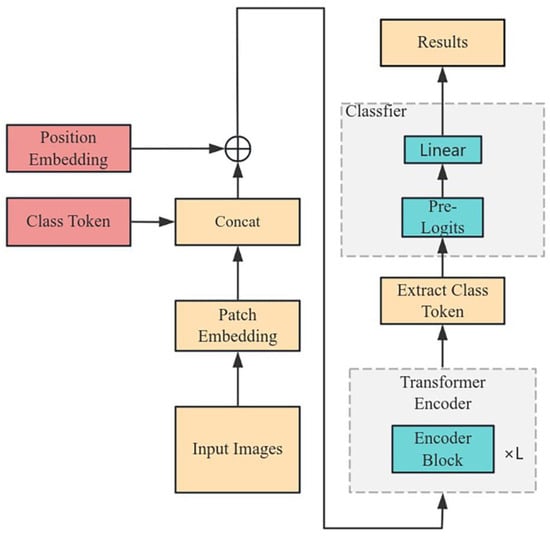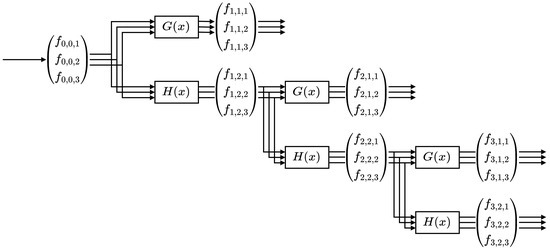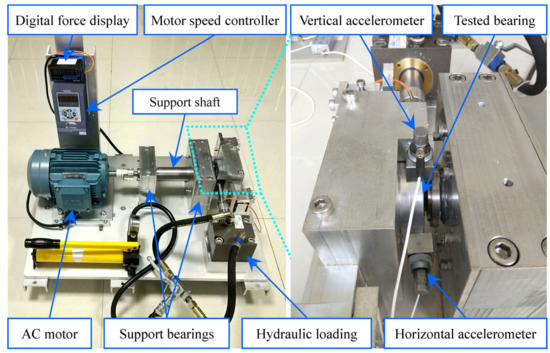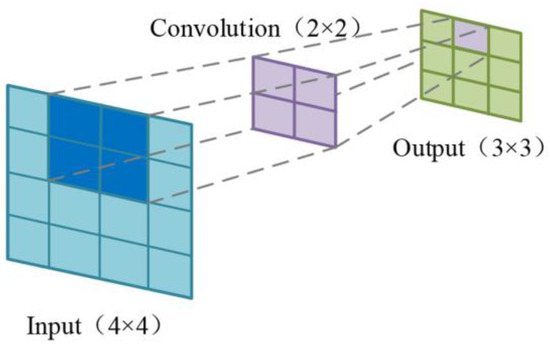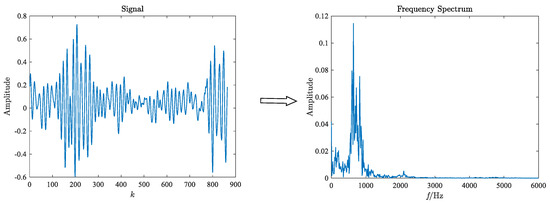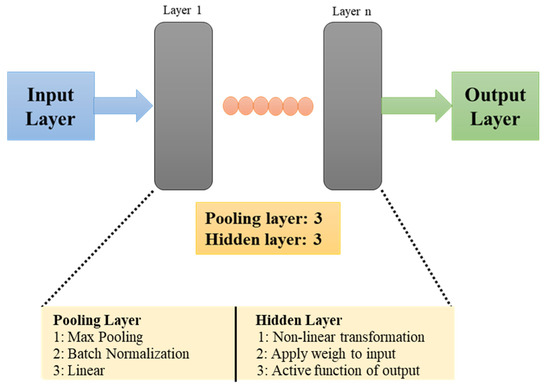Bearing Fault Detection and Diagnosis
A topical collection in Applied Sciences (ISSN 2076-3417). This collection belongs to the section "Mechanical Engineering".
Viewed by 7237Editor
Interests: electric machines condition monitoring; power systems reliability and power quality; electric energy efficiency
Special Issues, Collections and Topics in MDPI journals
Topical Collection Information
Dear Colleagues,
Bearings are an essential part of modern machinery, allowing more efficient operation, extending operating life, avoiding mechanical breakdown, and allowing the efficient transmission of power. However, the bearings are not free from failure. In fact, because of the demanding function they perform, they are one of the main headaches for maintenance engineers. For example, in induction motors, more than half of all failures are considered to be due to bearings.
It is logical, therefore, that a research effort is being made to develop procedures that will improve the detectability and diagnostic capacity of the various failures that can occur in the different types of equipment commonly used in a wide range of applications. Traditionally, vibrations have been the signal used in predictive maintenance of bearings, although there are also proposals such as the use of electric current, infrared thermography or axial flow, among others.
This Topical Collection focuses on the topic of bearing fault diagnosis and diagnosis. Researchers are invited to contribute original research papers related to fault detection and diagnosis of bearings considering, but not limited to, different applications, signal processing techniques for fault detection, AI applications to diagnosis, condition-based monitoring, bearing lubrication condition, and remaining life prognosis. Solutions in the context of Industry 4.0 are welcome.
Dr. Oscar Duque-Perez
Collection Editor
Manuscript Submission Information
Manuscripts should be submitted online at www.mdpi.com by registering and logging in to this website. Once you are registered, click here to go to the submission form. Manuscripts can be submitted until the deadline. All submissions that pass pre-check are peer-reviewed. Accepted papers will be published continuously in the journal (as soon as accepted) and will be listed together on the collection website. Research articles, review articles as well as short communications are invited. For planned papers, a title and short abstract (about 100 words) can be sent to the Editorial Office for announcement on this website.
Submitted manuscripts should not have been published previously, nor be under consideration for publication elsewhere (except conference proceedings papers). All manuscripts are thoroughly refereed through a single-blind peer-review process. A guide for authors and other relevant information for submission of manuscripts is available on the Instructions for Authors page. Applied Sciences is an international peer-reviewed open access semimonthly journal published by MDPI.
Please visit the Instructions for Authors page before submitting a manuscript. The Article Processing Charge (APC) for publication in this open access journal is 2400 CHF (Swiss Francs). Submitted papers should be well formatted and use good English. Authors may use MDPI's English editing service prior to publication or during author revisions.
Keywords
- acoustic monitoring
- artificial intelligence-based methods
- bearing fault detection
- bearing diagnosis
- bearing prognosis
- big data feature learning
- data-based techniques
- deep learning
- digital signal processing
- feature extraction methods
- industrial Internet of Things
- intelligent sensors
- machine current signature analysis
- machine learning
- model-based techniques
- signal-based techniques
- statistical diagnosis methods
- stray flux monitoring
- vibration monitoring





